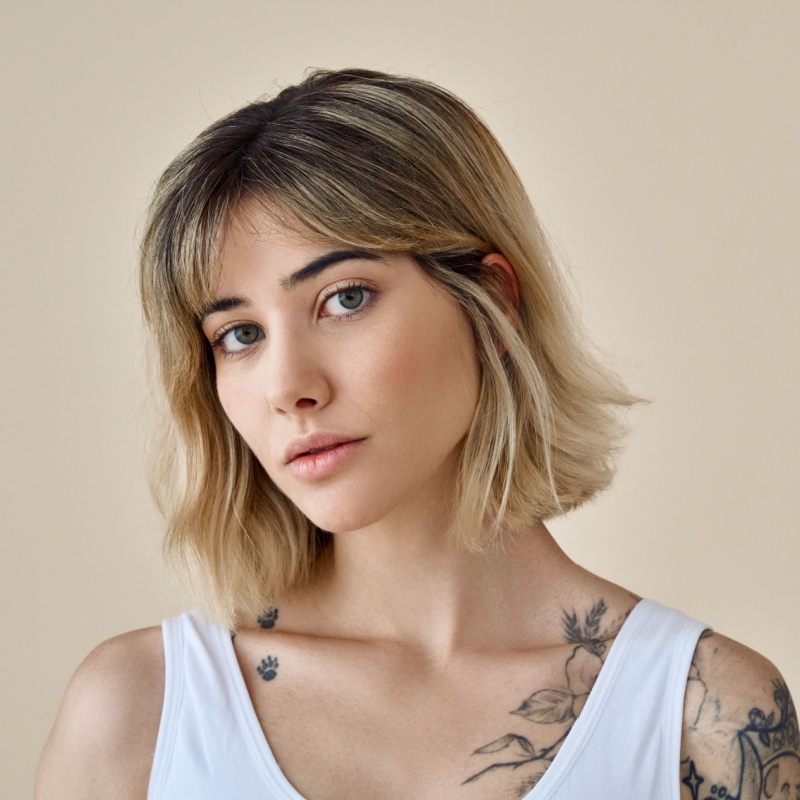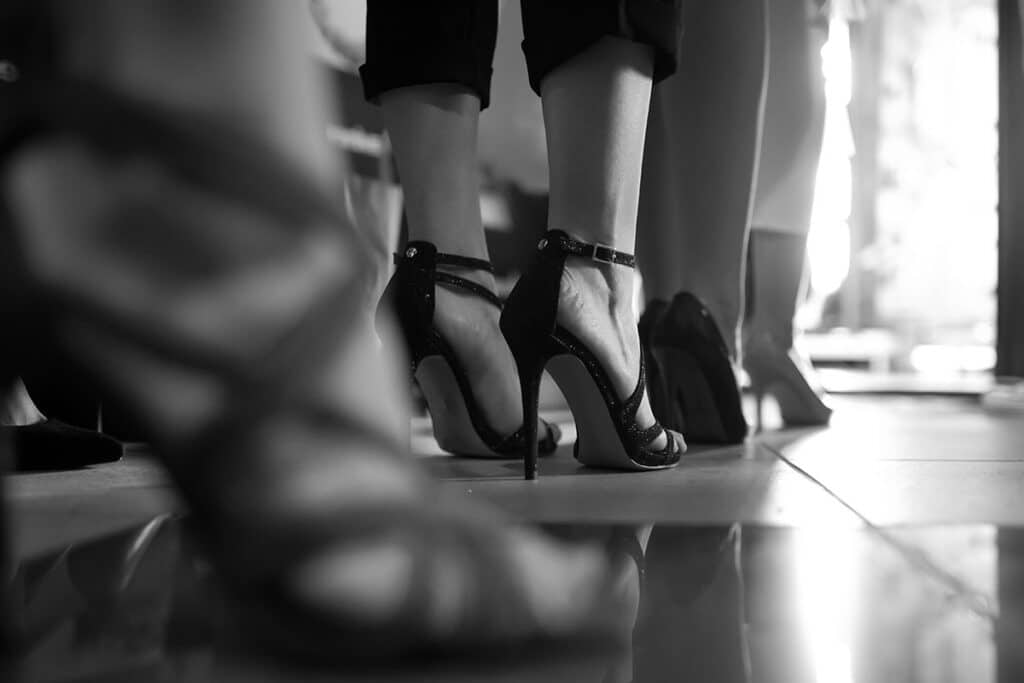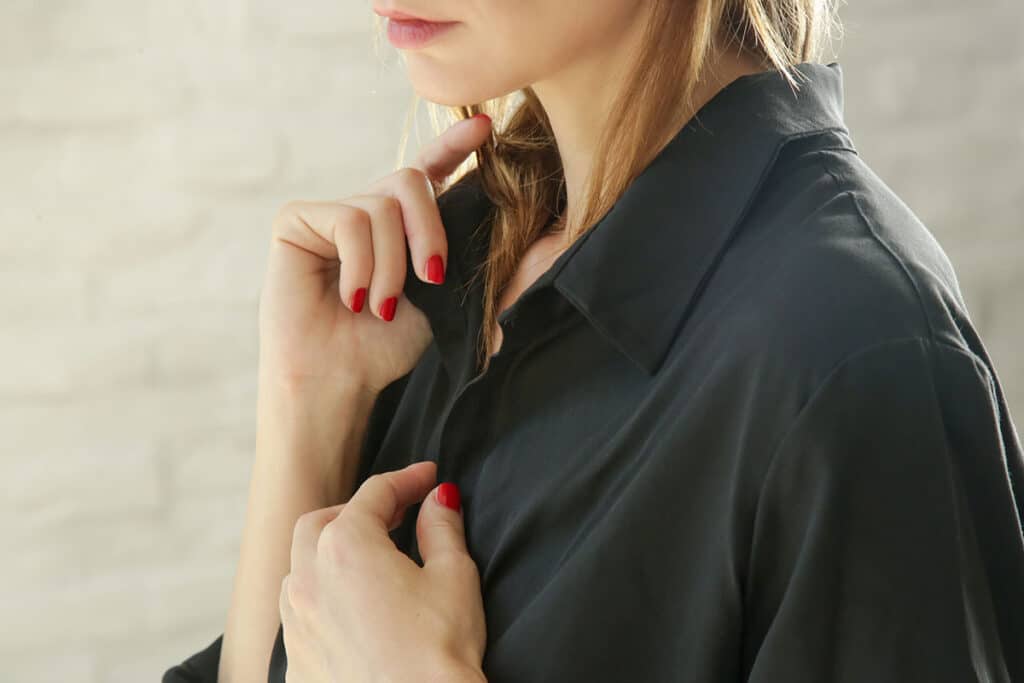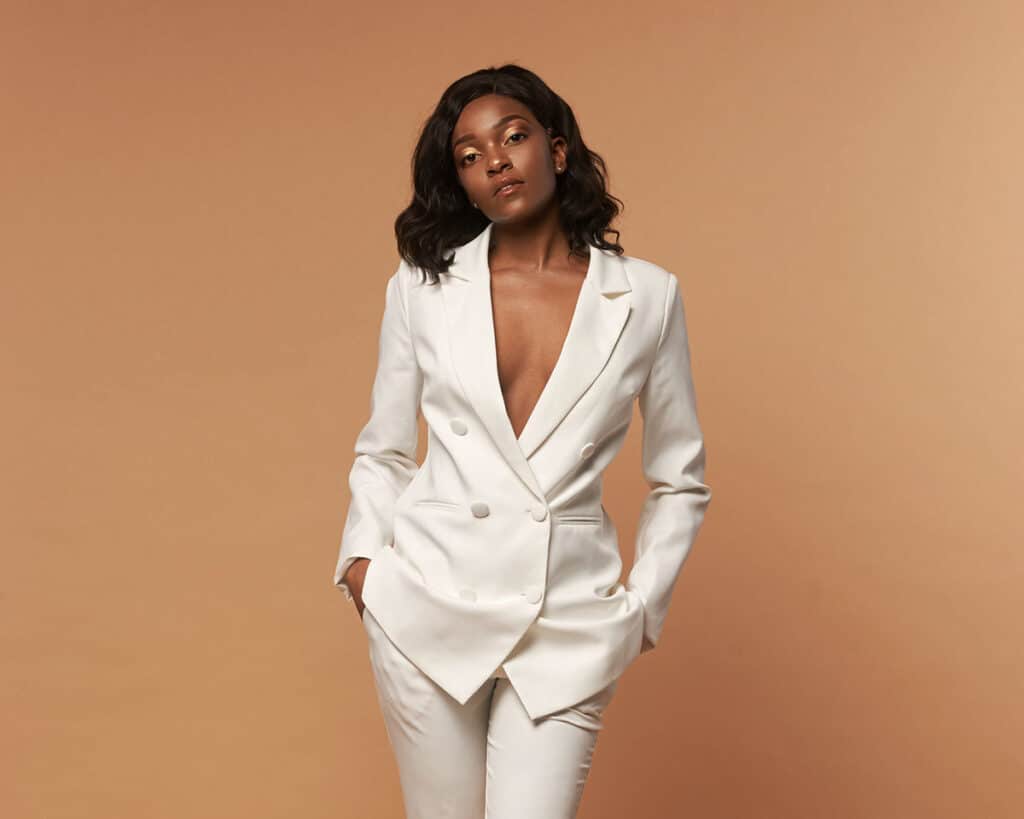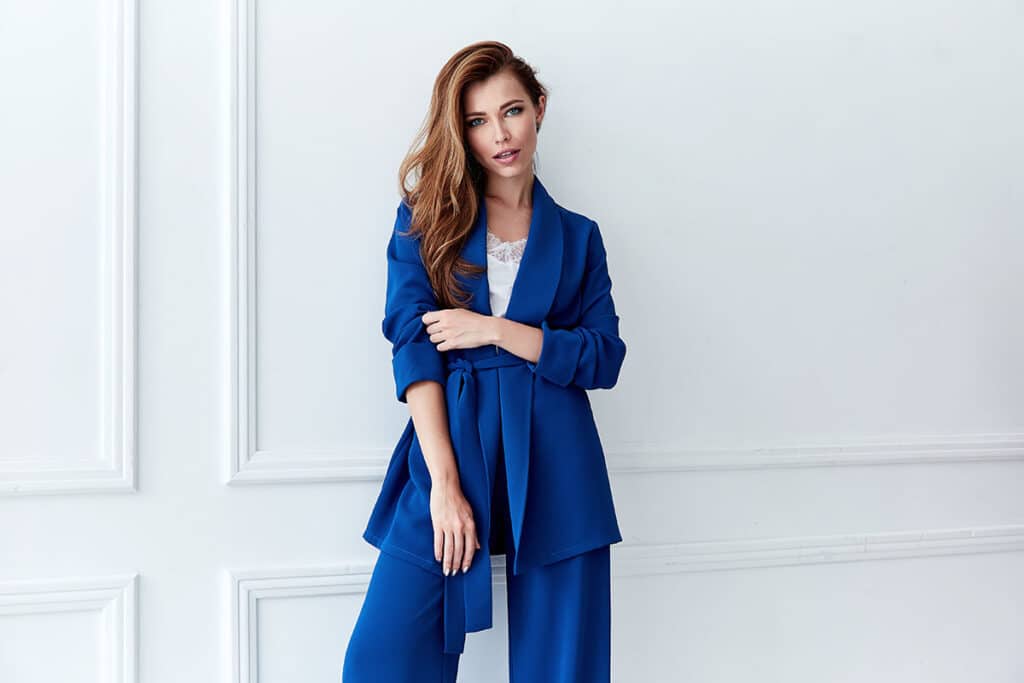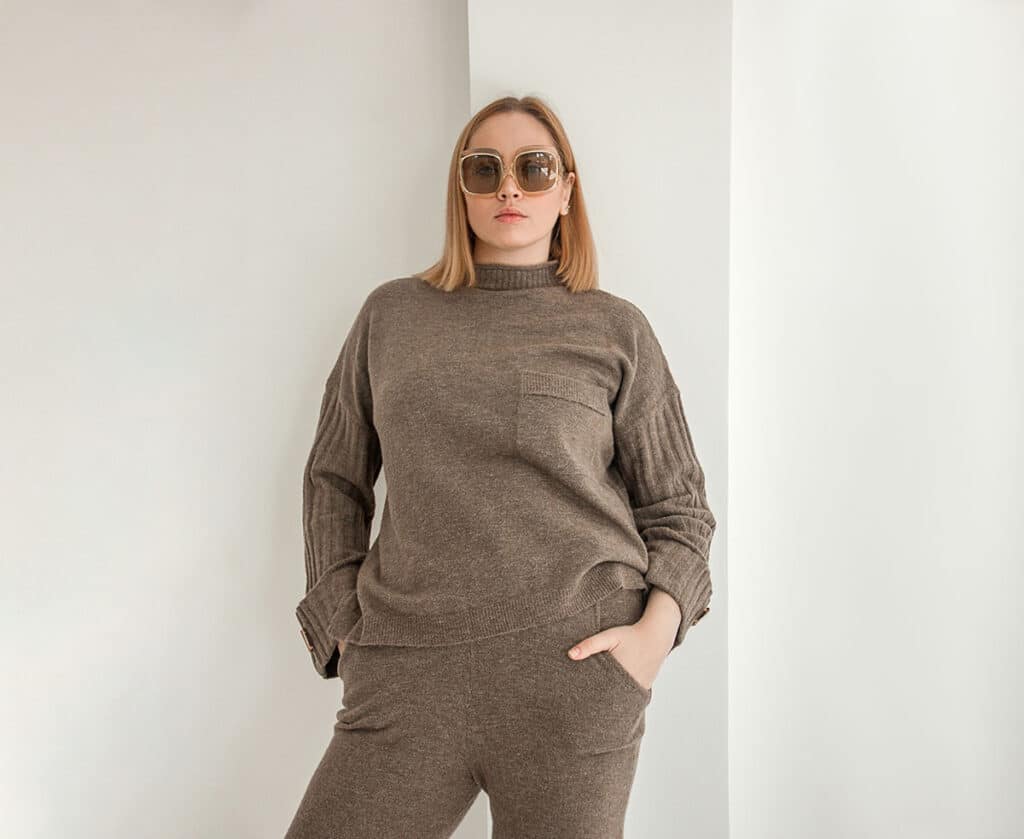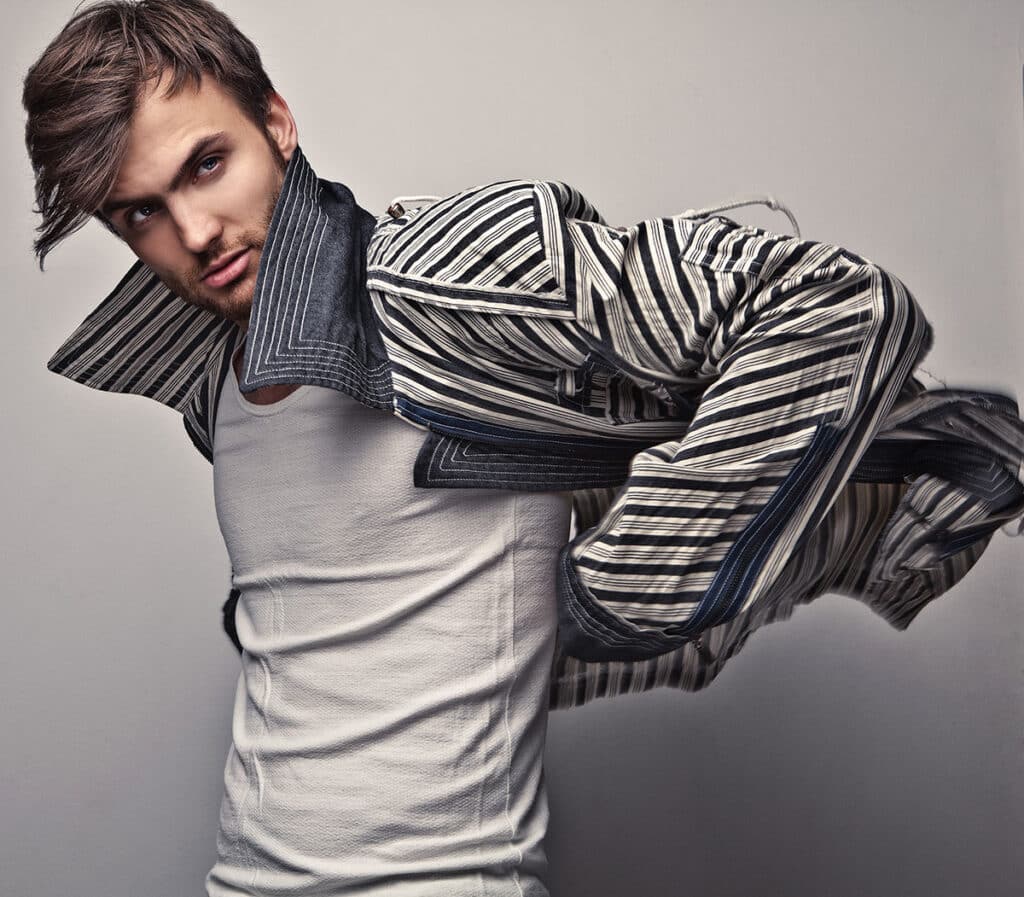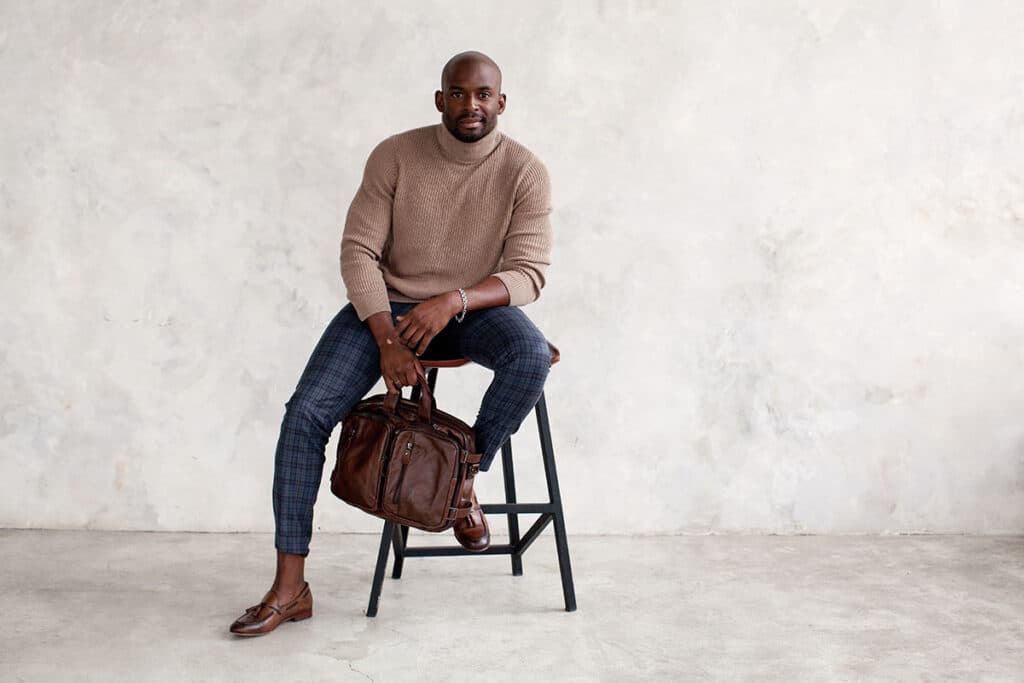The Essential Guide to Understanding a Modelling Brief
No Comments • Uncategorized • By Melissa
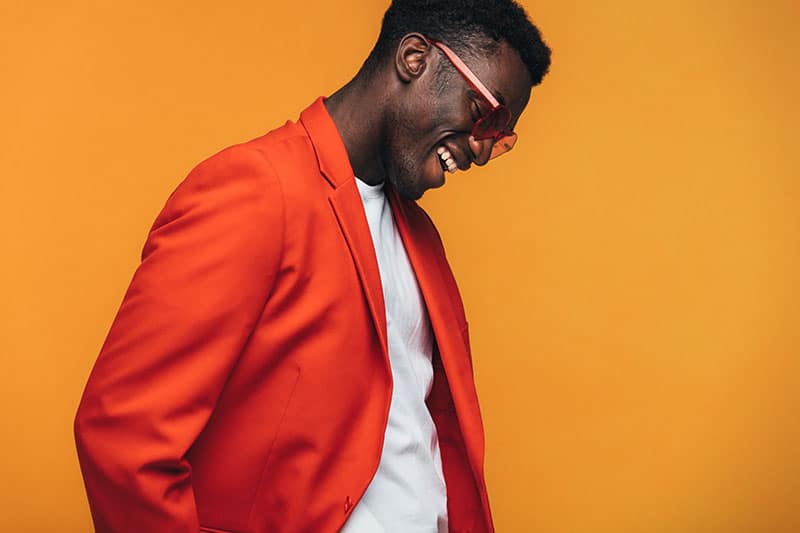
In the ever-evolving world of fashion, modelling continues to be a fascinating and covetable job. And with a surge in social media platforms, reality shows, and diverse fashion campaigns, the demand for fresh faces and unique talents is constantly on the rise.
For aspiring models, understanding a modelling brief is crucial to the success of a photoshoot. In this article, we take a look at what a modelling brief is, its significance, and how it serves as an important tool for a model’s success.
Defining the Modelling Brief
A modelling brief is a bit like a roadmap that guides models through the creative process of a project. It is a comprehensive document that encapsulates the vision, objectives, requirements, and expectations of the project. A modelling brief outlines the context, theme, mood, styling, makeup, and even poses that the model is expected to portray, ensuring a seamless alignment between the model’s presentation and the brand’s essence.
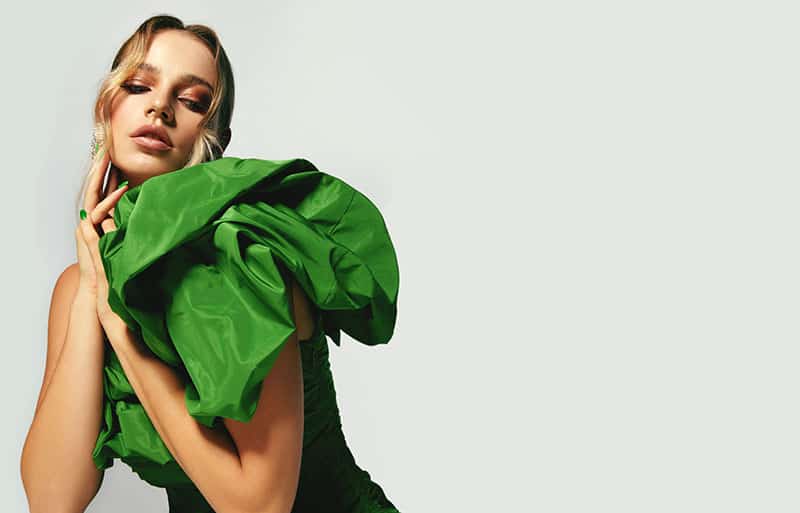
Navigating the Elements of a Modelling Brief
Context and Theme:
The context of a modelling brief serves as the foundation upon which the entire project is built. It provides the model with a clear understanding of the purpose of the project, whether it’s a fashion show, a magazine shoot, an advertisement, or an editorial.
The theme, on the other hand, dictates the mood, style, and overall feel of the project. Whether it’s vintage, futuristic, bohemian, or avant-garde, the theme sets the tone for the model’s performance.
Requirements and Expectations:
Every modelling brief comes with a set of requirements that are essential for the project’s success. These can include specific clothing, accessories, hairstyles, or even specific poses. Often, a brief may simply request the model to turn up with no makeup or freshly washed hair. Other times, you may be given more specific instructions, such as to shave your underarms or remove nail varnish.
The expectations of the client or brand are also clearly stated, helping the model align their performance with the desired outcome.
Mood and Emotion:
One of the most crucial aspects of a modelling brief is the desired mood and emotion the model needs to convey. Whether it’s confidence, vulnerability, playfulness, or intensity, the model’s ability to evoke these emotions through their expressions and body language can make or break a project.
Styling and Makeup:
The styling and makeup directives in a modelling brief ensure that the model’s appearance aligns seamlessly with the project’s theme and vision. This includes specific details about the type of clothing, colours, accessories, and makeup looks that the model should wear to enhance the desired aesthetic.
Poses and Expressions:
Models are expected to be versatile in their poses and expressions, adapting them to suit the project’s requirements. A well-defined modelling brief provides examples and descriptions of the poses and expressions expected, enabling the model to connect with the project’s desired outcome more effectively.
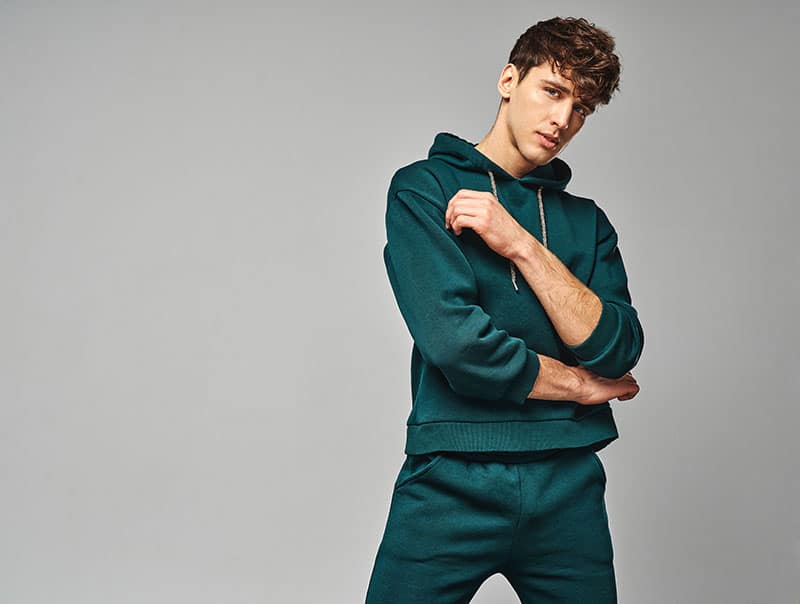
The Significance of a Modelling Brief
Clarity and Consistency
A modelling brief establishes a clear and consistent communication channel between the model, photographer, stylists, and other creative team members. This ensures that everyone involved is on the same page regarding the project’s goals, minimising misunderstandings and maximising efficiency.
Personalisation and Authenticity
While adhering to a modelling brief’s requirements, models are encouraged to infuse their unique personality and style into their work. This personal touch adds authenticity and personality to the project.
Adapting to Trends
Modelling briefs often reflect the current trends in the fashion and media industry. They might incorporate elements from recent fashion shows, celebrity endorsements, or social media movements.
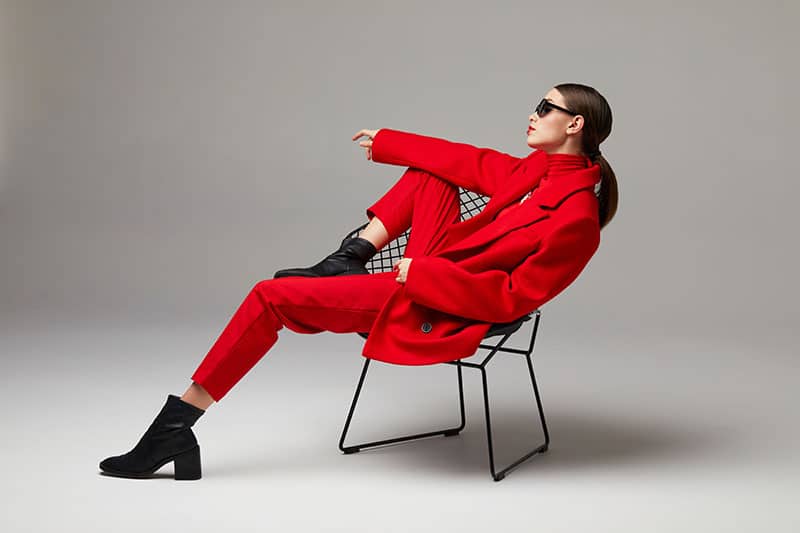
Recent Trends and News Stories
In recent years, several noteworthy trends have emerged within the modelling world, influencing the content of modelling briefs:
- Diversity and Inclusion: The industry is increasingly embracing diversity and inclusion, emphasising the importance of representing various ethnicities, body types, and genders. Modelling briefs now emphasise the need to authentically represent these diverse identities, promoting a more inclusive image in the media.
- Sustainability and Eco-consciousness: With environmental concerns taking center stage, modelling briefs have started incorporating sustainable fashion and eco-conscious practices. Models are expected to align with brands that prioritise ethical production and responsible consumption.
- Digital Transformation: The rise of digital platforms has expanded modelling beyond traditional print and runway opportunities. Modelling briefs now encompass social media campaigns, influencer collaborations, and virtual fashion events, requiring models to adapt their skills to the digital realm.
Aspiring models should recognise that a modelling brief isn’t merely a set of instructions; it’s a vital tool that bridges the gap between brands and models. By understanding and effectively executing a modelling brief, models can successfully translate a brand’s vision into compelling visuals and ultimately be hired for more work.

